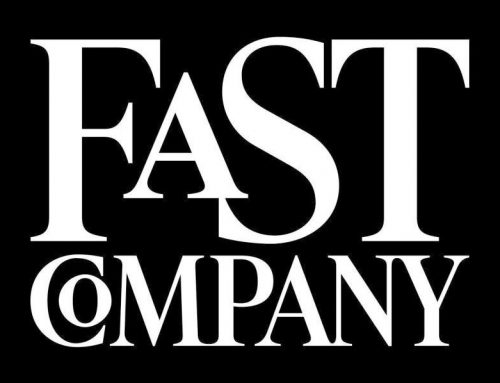What coping with an illness teaches us about managing organization change.
Spot Connections Between People Facing Life Changes, Such As Illness And Employees Dealing With Strategic Change.
- Employee contribution during periods of strategic change is a new area of study.
- It turns out that attaching meaning to change creates psychological resources that facilitate employee engagement in change implementation.
- The meaning-making change adaptation model (MCAM) facilitates better outcomes by giving managers tools to engage employees in strategic change implementation.
People often respond with fear, cautiousness, denial or resistance when faced with a life-threatening illness or job loss. But resilient people seek an understanding beyond themselves and attribute these life changes to the will of a higher power or life’s plan. Doing so allows them to see some greater purpose or meaning in the challenge. They then begin to search for benefits that the challenge might have, for themselves or others. This new positive narrative, the “silver lining,” often spurs resilient people to engage in actions that help themselves or others to positively adapt to this life-altering change.
Like people facing life challenges, employees faced with strategic change also experience uncertainty. The company may be merging, downsizing or revamping its business model, for example. The change affects company direction, which employees may question, and it creates concerns about job roles and security.
The Big Ideas
Jones School Distinguished Associate Professor of Management Scott Sonenshein and Professor of Marketing Utpal Dholakia spotted the connections between people facing life changes and employees dealing with strategic change. The two looked to social psychological research on how people manage adverse life events and research on sensemaking to develop and test a theory about how front-line employees overcome the challenges of implementing strategic change.
Managers and researchers have often assumed that employees are simply resistant to change, and though a preponderance of research has emphasized a “resistance lens” when considering employee engagement with change, a growing number of scholars has called for additional research to unpack the mechanisms behind how employees actually respond to change. With an understanding of these mechanisms, Sonenshein and Dholakia theorized that it might it be possible to connect with them to influence positive, engaged, collaborative employee response to change and more effective outcomes of strategic change implementation.
Interpretation of the change plays an important role in how people adapt to it and implement it, and managers are key in influencing employees’ interpretations. Sonenshein and Dholakia’s research has discovered tools managers can use to more effectively engage employees in change implementation. Their framework—the meaning-making change adaption model (MCAM) features three main components. Managers’ understanding of these and connection with them can help engage their employees in change implementation.
First, by effectively and consistently communicating the company’s vision for the change and its benefits, managers can help employees understand the rationale for it, connect to the greater purpose (strategy worldview) and make sense of it (benefits finding). Managerial communication also reduces the influence of collegial communication about the change, as when employees communicate with their co-workers and peers, they are more likely to discuss the change’s costs or negative outcomes. Helping employees connect with the purpose and benefits of the change provides them with certain psychological resources –commitment, identification and efficacy—that will inspire to see themselves as successful implementers of change, even going above and beyond to see it through. And continued managerial communication helps employees persist in making sense of and positively implementing the change, increasing the likelihood of success.
Bottom line? Understanding the MCAM can help managers tap into the psychological mechanisms their employees need to become collaborators in implementing strategic change, rather than potential impediments. Viewing front-line employees as allies in change implementation and beginning with clear communication of the company’s vision for the future are strong first steps.
To learn more, please see: Sonenshein, S., & Dholakia, U. (2012). Explaining employee engagement with strategic change implementation: A meaning-making approach. Organization Science, 23(1), 1-23.



